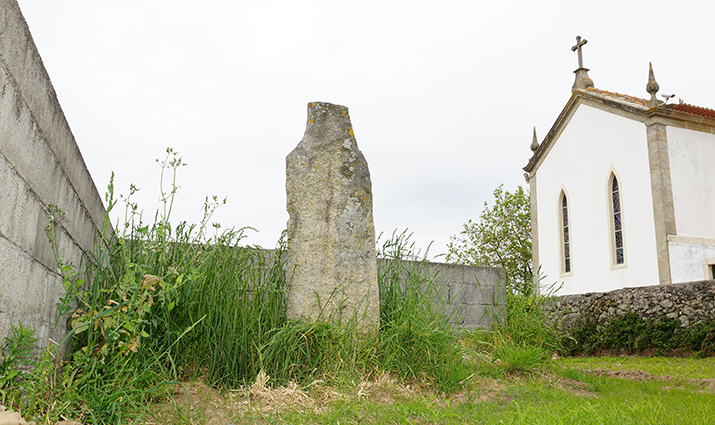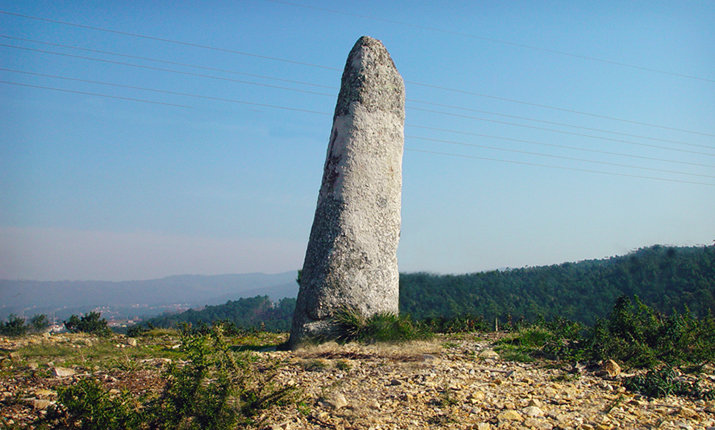





MEDIEVAL ANTAS INSCRIPTION
12th century
Medieval Inscription Commemorating the Founding of the Church of S. Paio de Antas
THE INSCRIPTION READS:
IN ERA ·M·C L·XIII·III·Xº· K·(a)L(endas) MAGII AB[b] A(s) SUA / RIUS FUNDAVIT OPERA ISTA MER
TRANSLATION and TRANSCRIPTION:
Which translates to "In the Year of Our Lord 1163, on the 13th day before the Kalends of May (April 19, 1125), Abbot Soeiro founded this work by the sea."
While the inscription states the year as 1163, it refers to the Era of Caesar, requiring a correction of 38 years. Therefore, the actual date of the foundation is 1125. This ancient stone serves as a silent witness to the passage of time, carrying a message that transports us to the Romanesque 12th century. The uncial script, typical of the era, with its rounded, separated majuscule letters, reveals influences from a past rich in traditions and knowledge, during a time marked by significant social unrest.
After careful chronological calculations, we conclude that the church built or rebuilt here dates back to the year 1125. This temporal marker, from the 1 era of the Christian Reconquista, suggests that the community of S. Paio de Antas (1099) already possessed a solid religious structure by the sea, which was adapted and reformed over the centuries. The inscription, therefore, represents more than just a date; it signifies a moment of renewal and reaffirmation of the people's faith in a newly constructed temple.



